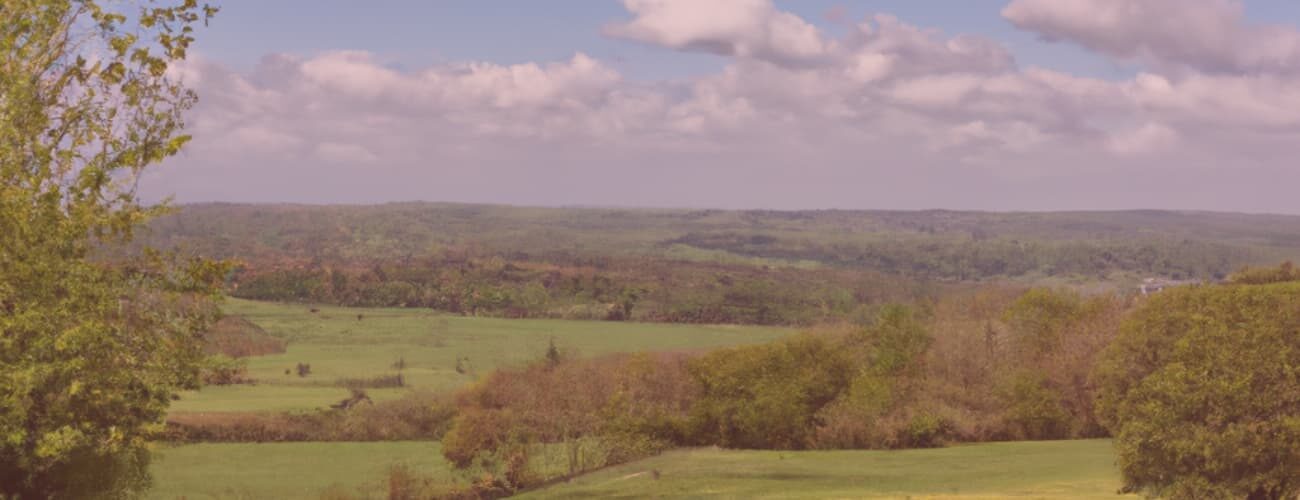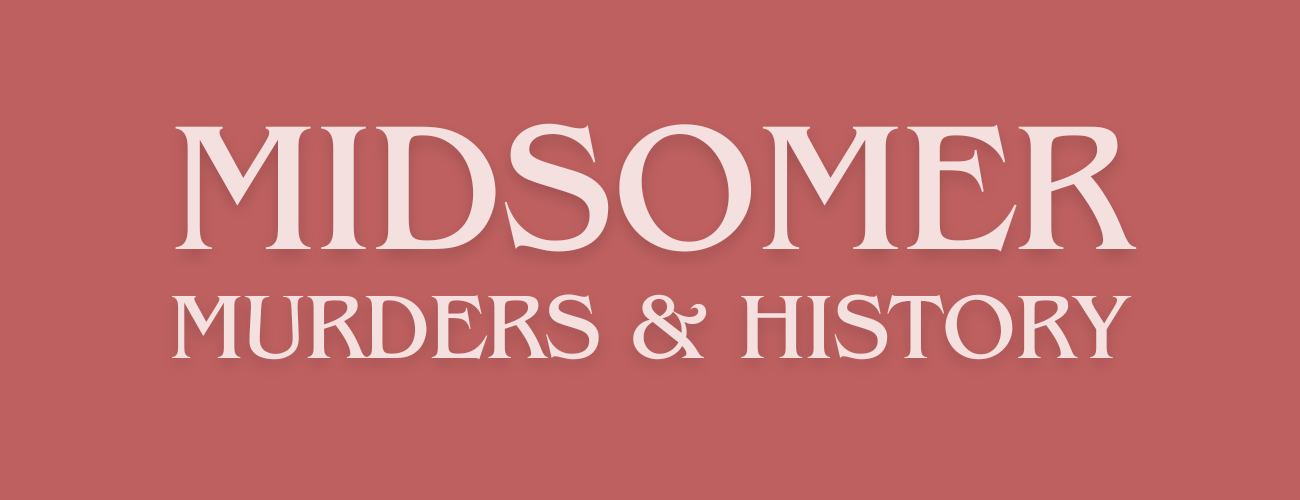The chart shows it clearly: the 20th century is very strongly represented in Midsomer Murders, especially the period after the Second World War. Tudor, Stuart, Georgian are equally represented, as are Victorian and Modern 1. It is much more often mentioned that a tradition or estate has existed since Henry VIII than since the Domesday…

